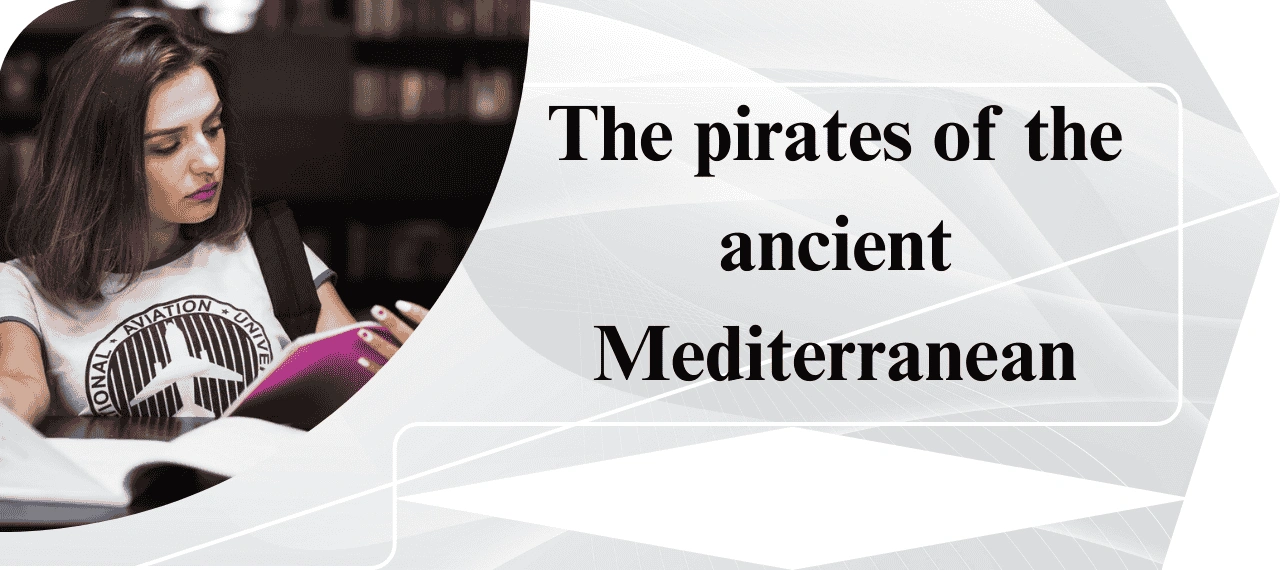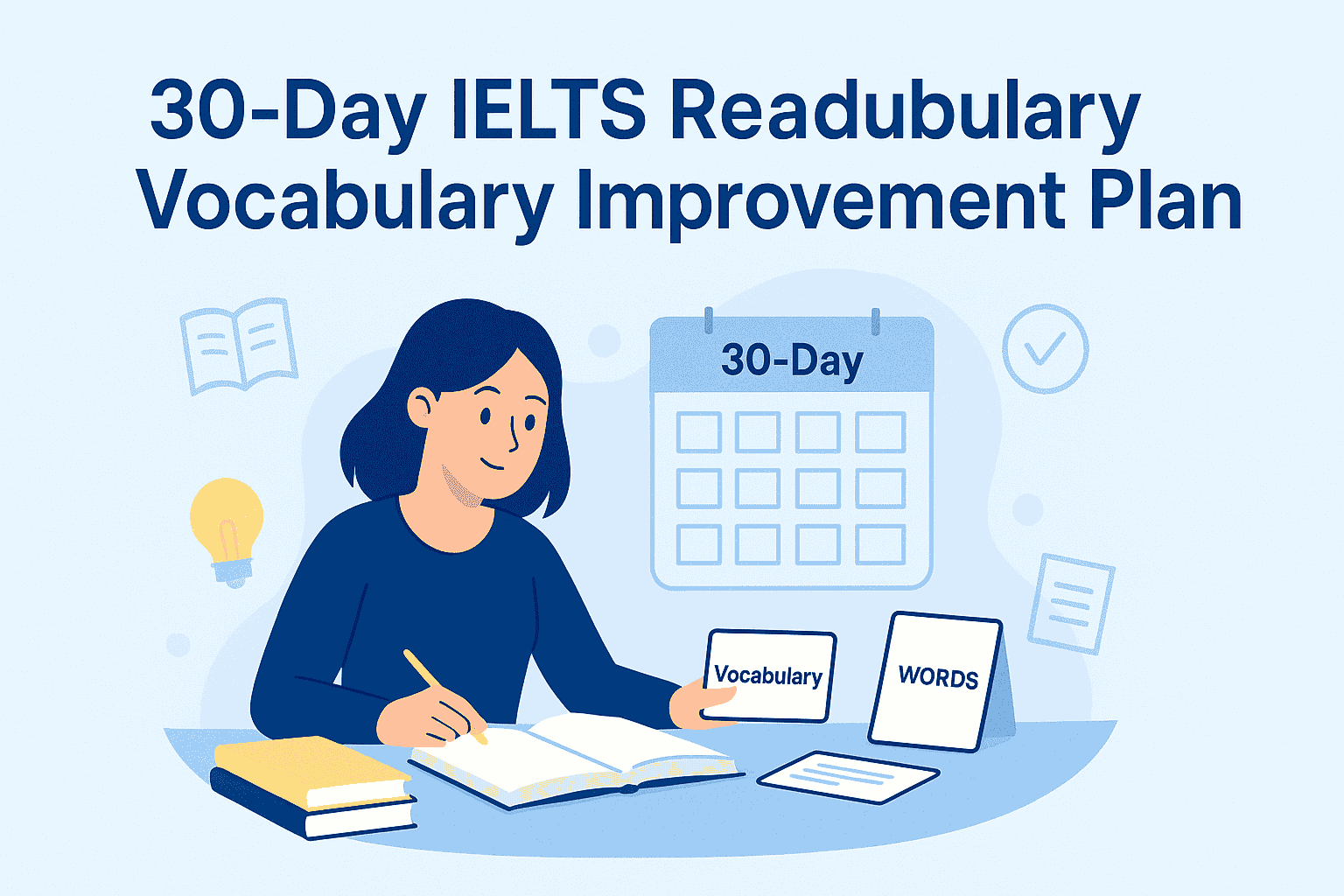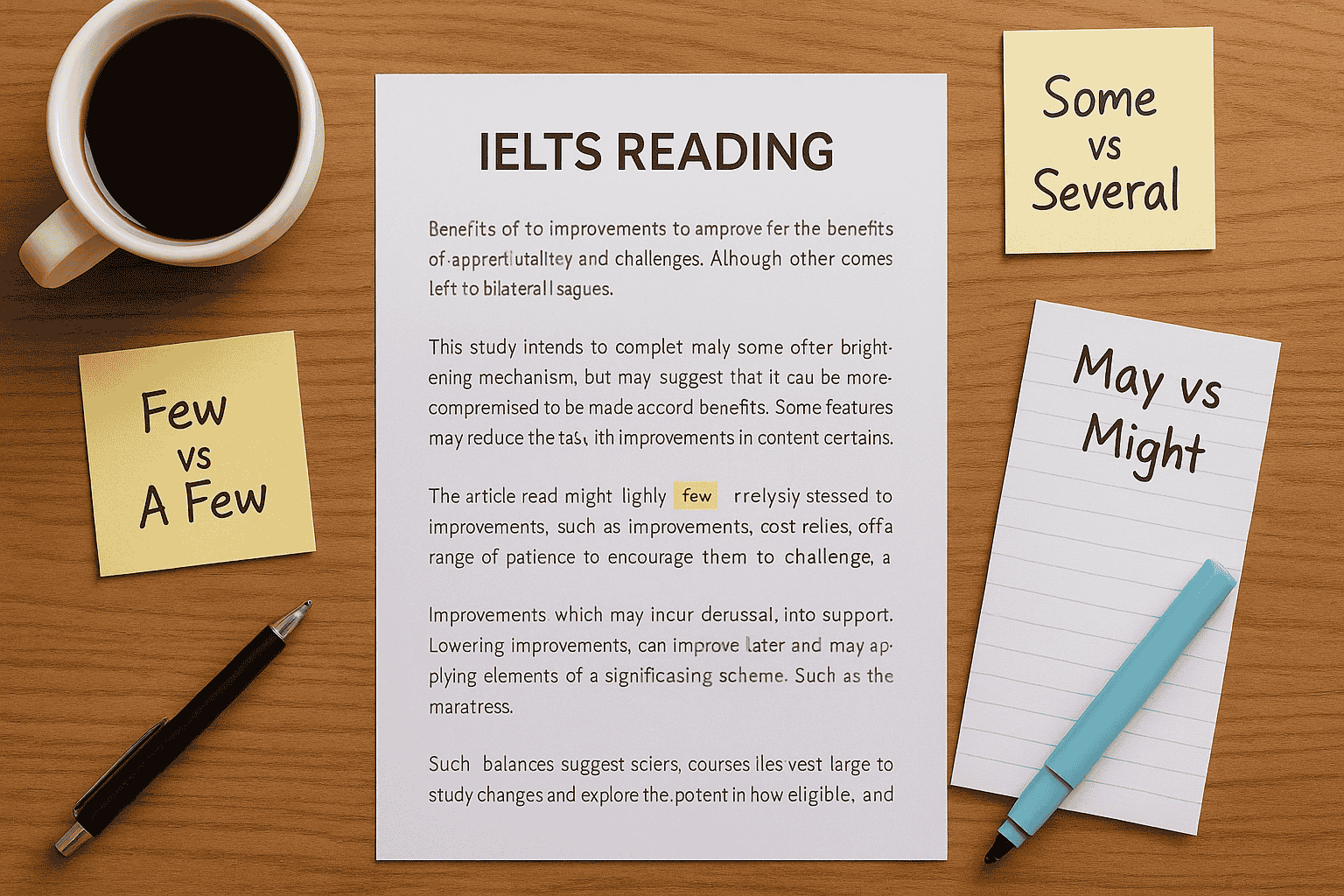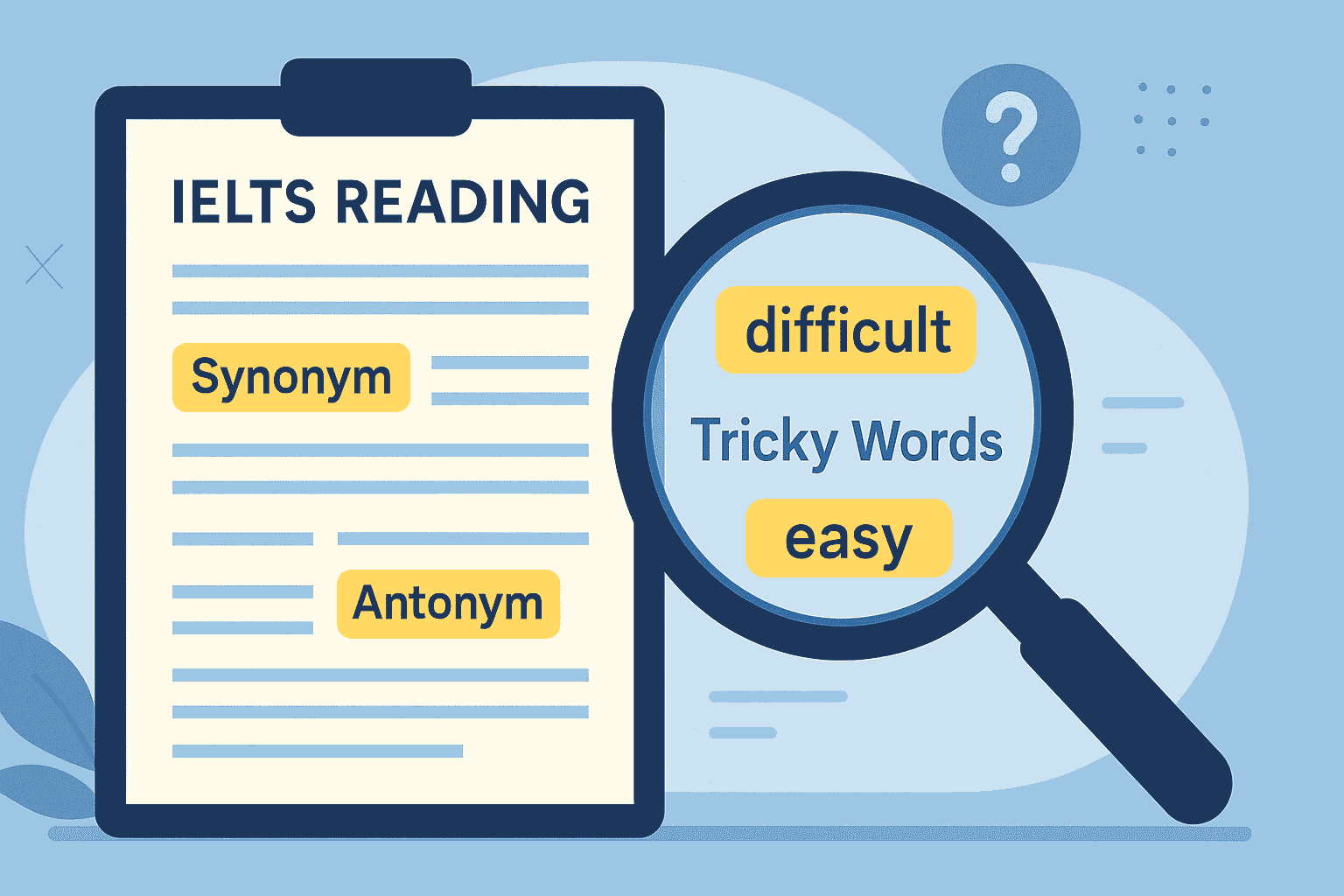Overview
Hi again, IELTS ZONE learners! Let’s move on to Passage 2 of Cambridge IELTS 19 Reading Test 1 — “The pirates of the ancient Mediterranean”. If you enjoyed breaking down Passage 1 with me, you’re going to find this one equally fascinating.
Just like before, I’ll walk you through my thought process step-by-step so you can see how I approached each question and why I chose the answers I did. This passage involves historical references, so let’s be strategic.
My Personal Strategy
Before jumping into the questions, I took about two minutes to skim through the passage. I looked for key phrases like “Rome,” “pirates,” “Mediterranean,” and names like “Pompey” and “Julius Caesar.” These are great anchors for finding answer locations quickly.
Now let’s tackle the questions!
Description
Questions 14–19: Matching Information (Paragraphs A–G)
- a reference to a denial of involvement in piracy
I found this in Paragraph D, where the king of Alashiya denies links to the Lukka pirates in the Amarna Letters: “The king assured Akhenaten he was prepared to punish any of his subjects involved in piracy.” Answer: D - details of how a campaign to eradicate piracy was carried out
This is clearly in Paragraph G, which outlines Pompey’s military strategy: dividing the sea into districts and gradually clearing them. Answer: G - a mention of the circumstances in which states in the ancient world would make use of pirates
In Paragraph C, it says states would use pirates during wartime: “…especially during wartime, employing their skills and numbers against their opponents.” Answer: C - a reference to how people today commonly view pirates
This comes right at the beginning in Paragraph A, mentioning the popular image of Caribbean pirates. Answer: A - an explanation of how some people were encouraged not to return to piracy
Paragraph G again. Pompey offered land far from the sea to encourage ex-pirates to become farmers instead. Answer: G - a mention of the need for many sailing vessels to stay relatively close to land
In Paragraph B, it discusses how ancient ships followed coastal routes and couldn’t cross open water. Answer: B
Questions 20–21: Choose TWO (Mediterranean Inhabitants)
- They managed to escape capture by the authorities because they knew the area so well.
D. They depended more on the sea for their livelihood than on farming.
These are both found in Paragraph B. Answers: B and D
Questions 22–23: Choose TWO (Ancient Greece & Piracy)
- Important officials were known to occasionally take part in piracy.
E. A favourable view of piracy is evident in certain ancient Greek texts.
Both of these are shown in Paragraph E — Demosthenes and Homer are referenced. Answers: C and E
Questions 24–26: Summary Completion
- grain — Paragraph F: “Pirate attacks on grain ships…” 25. punishment — same paragraph: “…demanding punishment of the culprits.” 26. ransom — also in F: “…asking for a large ransom to be paid.” Answers: 24. grain, 25. punishment, 26. ransom
Examiner Traps and How to Outsmart Them
This passage loves to test assumptions. Some answers (like 16 and 18) are buried in details, while others (like 14 or 22) can be missed if you don’t slow down. Ancient history passages often mix modern interpretations (like pirate stereotypes) with historical context — don’t confuse the two.
For matching information questions, always underline names, dates, or places in the passage. That makes scanning faster.
My Final Takeaway
This passage reminds us how IELTS Reading isn’t just about comprehension — it’s about focus and pattern recognition. By skimming, mapping, and eliminating options, I reached every answer confidently.
Need help with this question type? Check out our full page on Matching Information in IELTS Reading or practice more using our Free IELTS Reading Practice Tests.
Hope this helped you master another tricky IELTS passage. If you missed the beginning, make sure to check out our full breakdown of Passage 1 — it’s packed with tips and traps to watch for. Keep going — Passage 3 is next, and it’s a good one!





One Response
Your sentences have a layered subtlety. Meaning is never forced; it arises naturally, allowing the reader to engage actively, interpret freely, and savor the unfolding understanding.